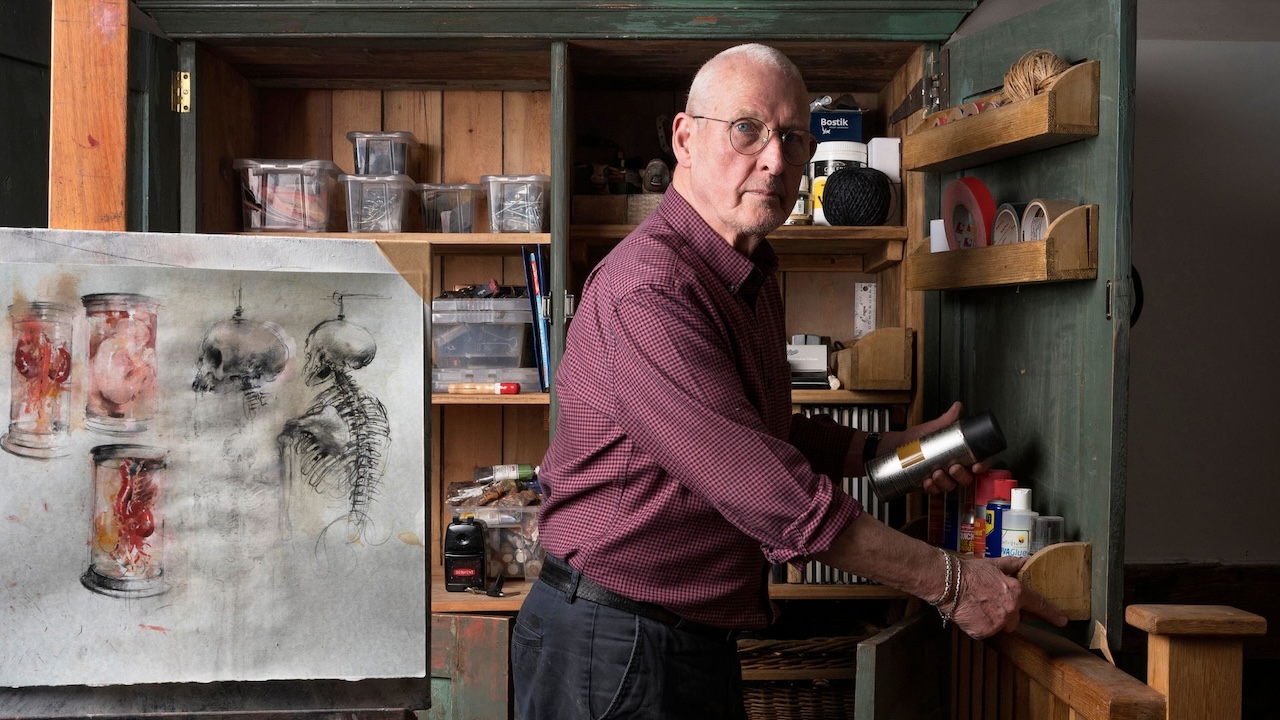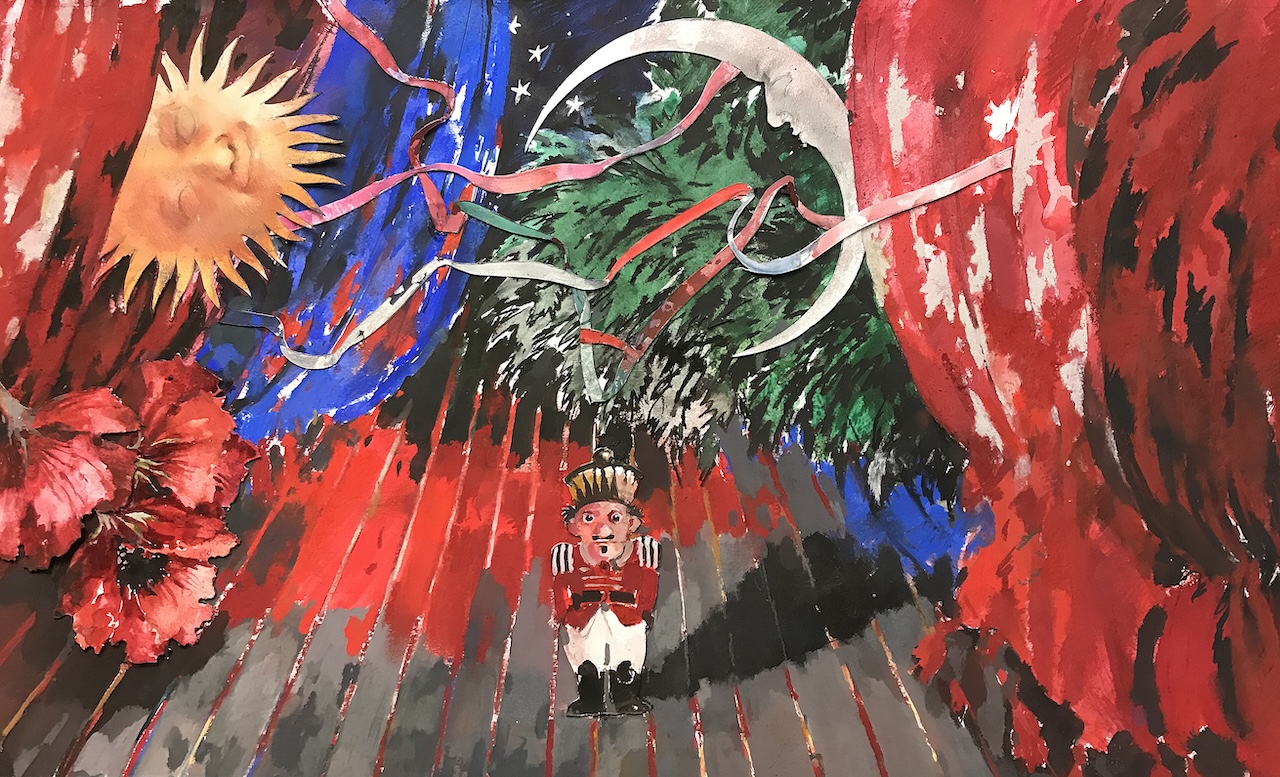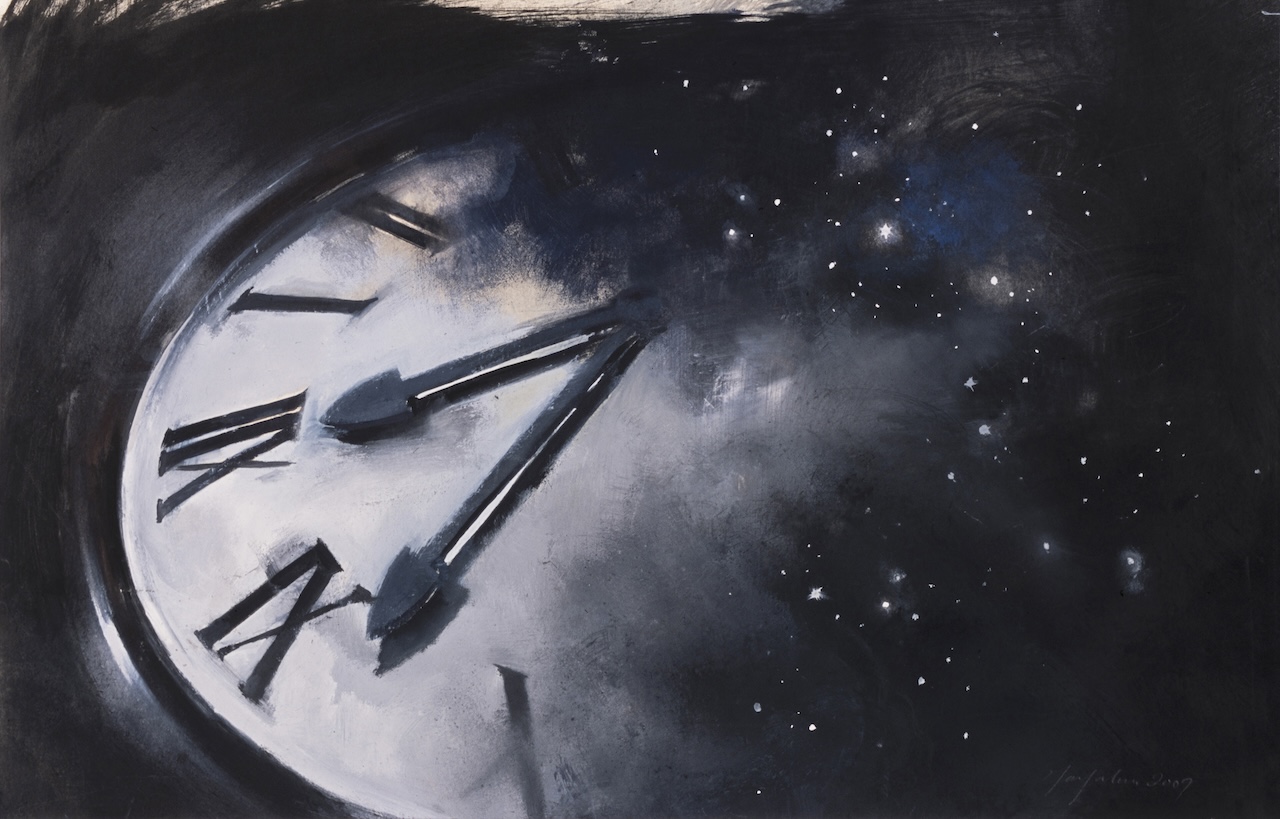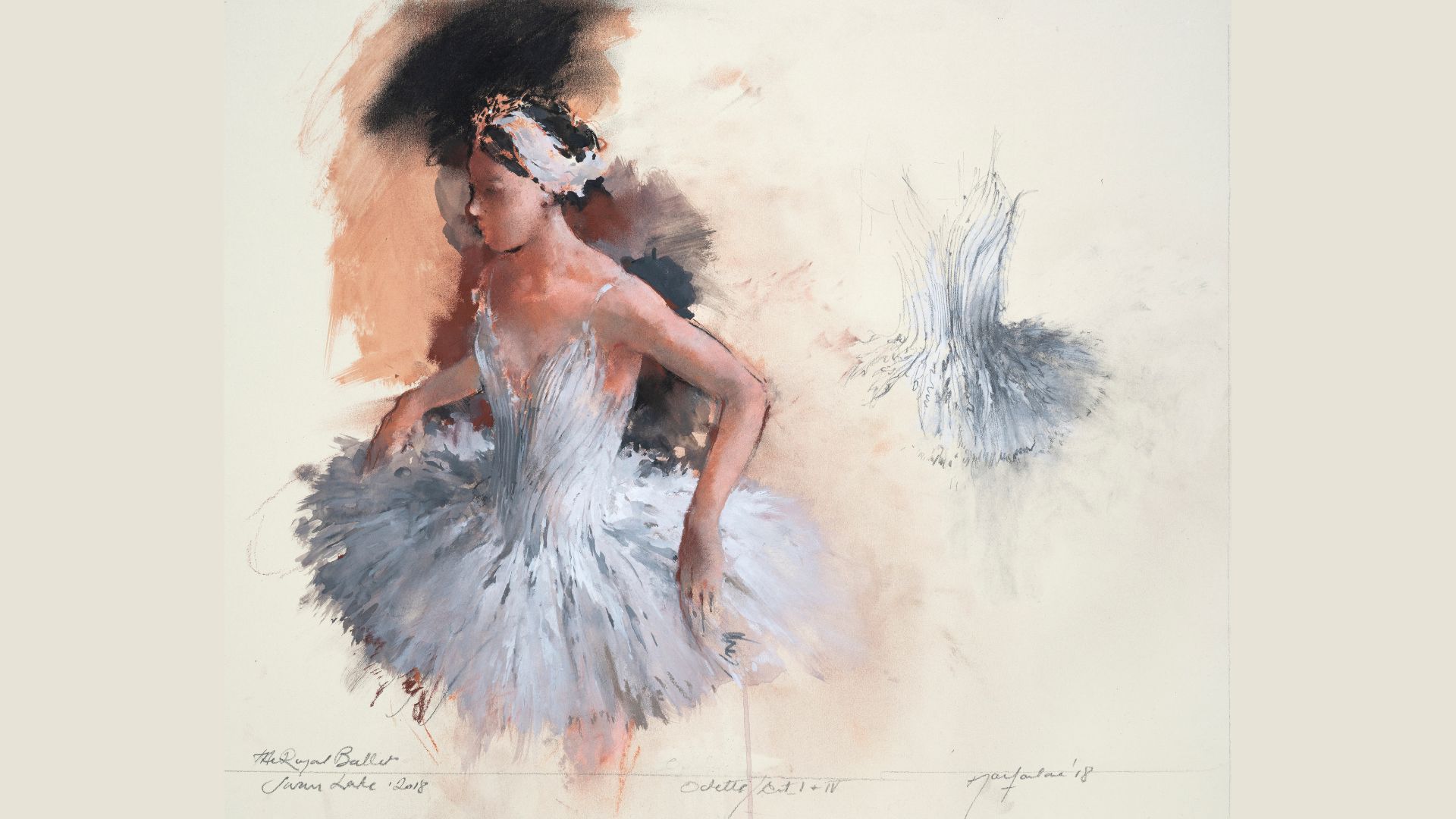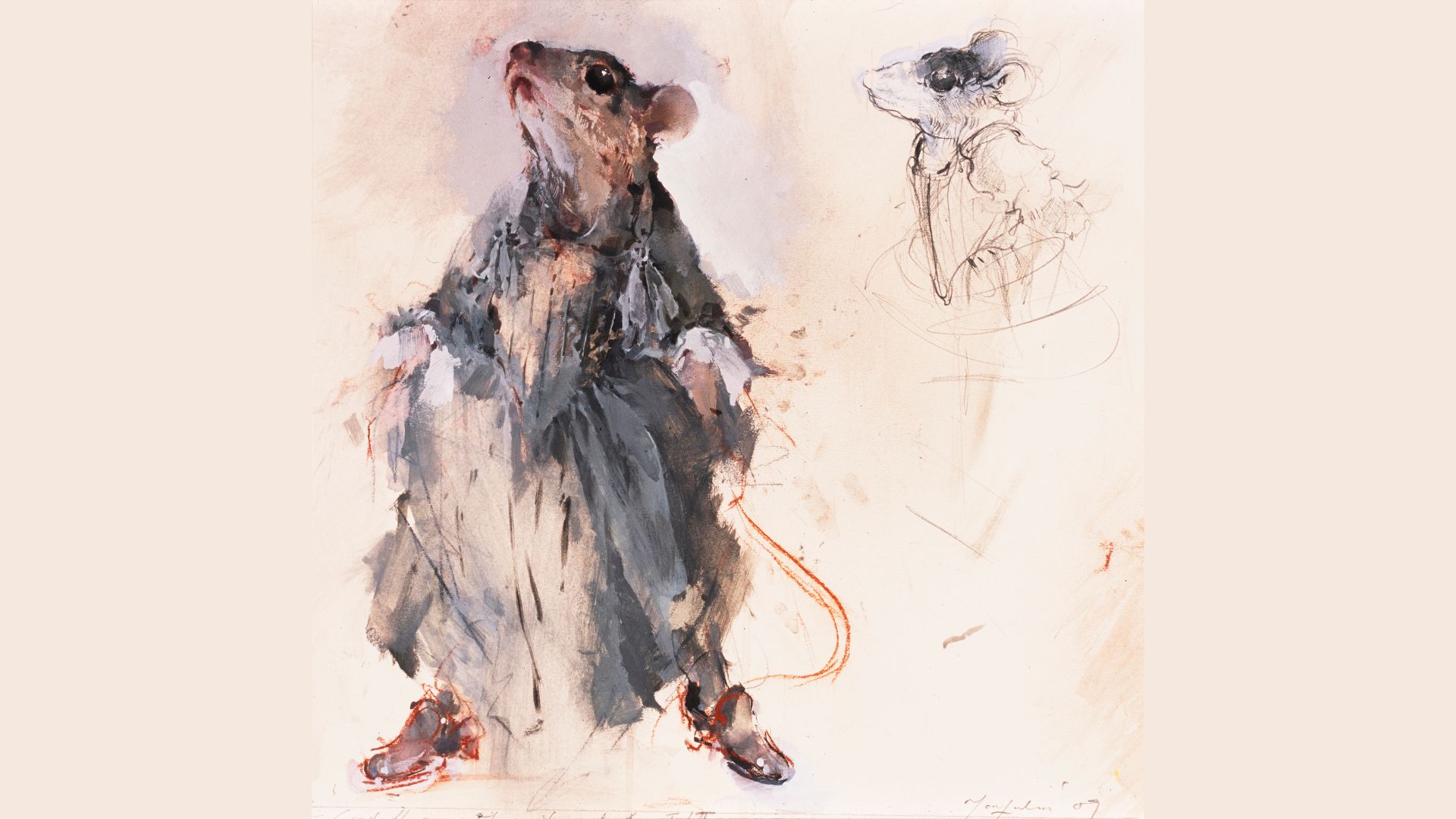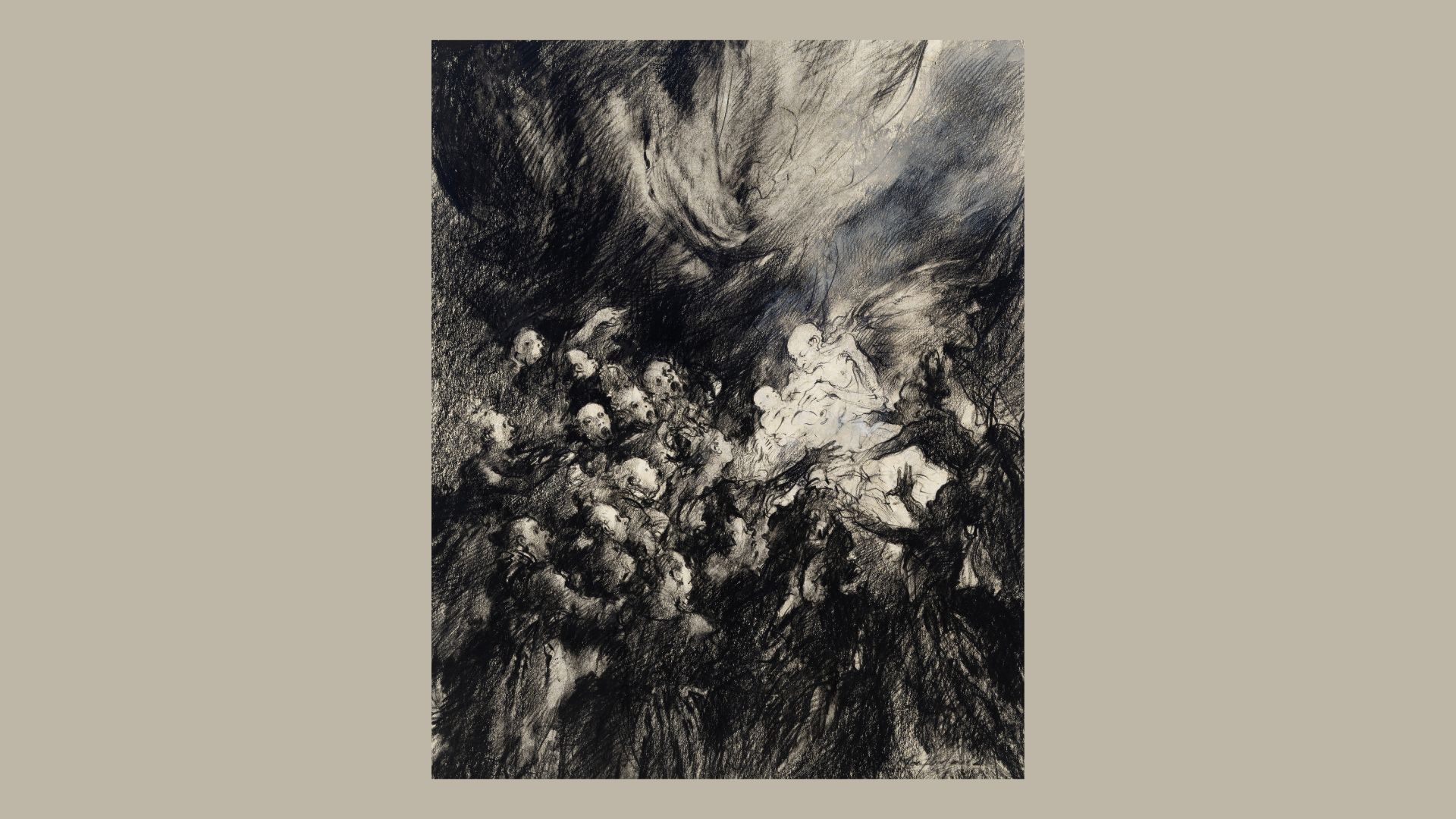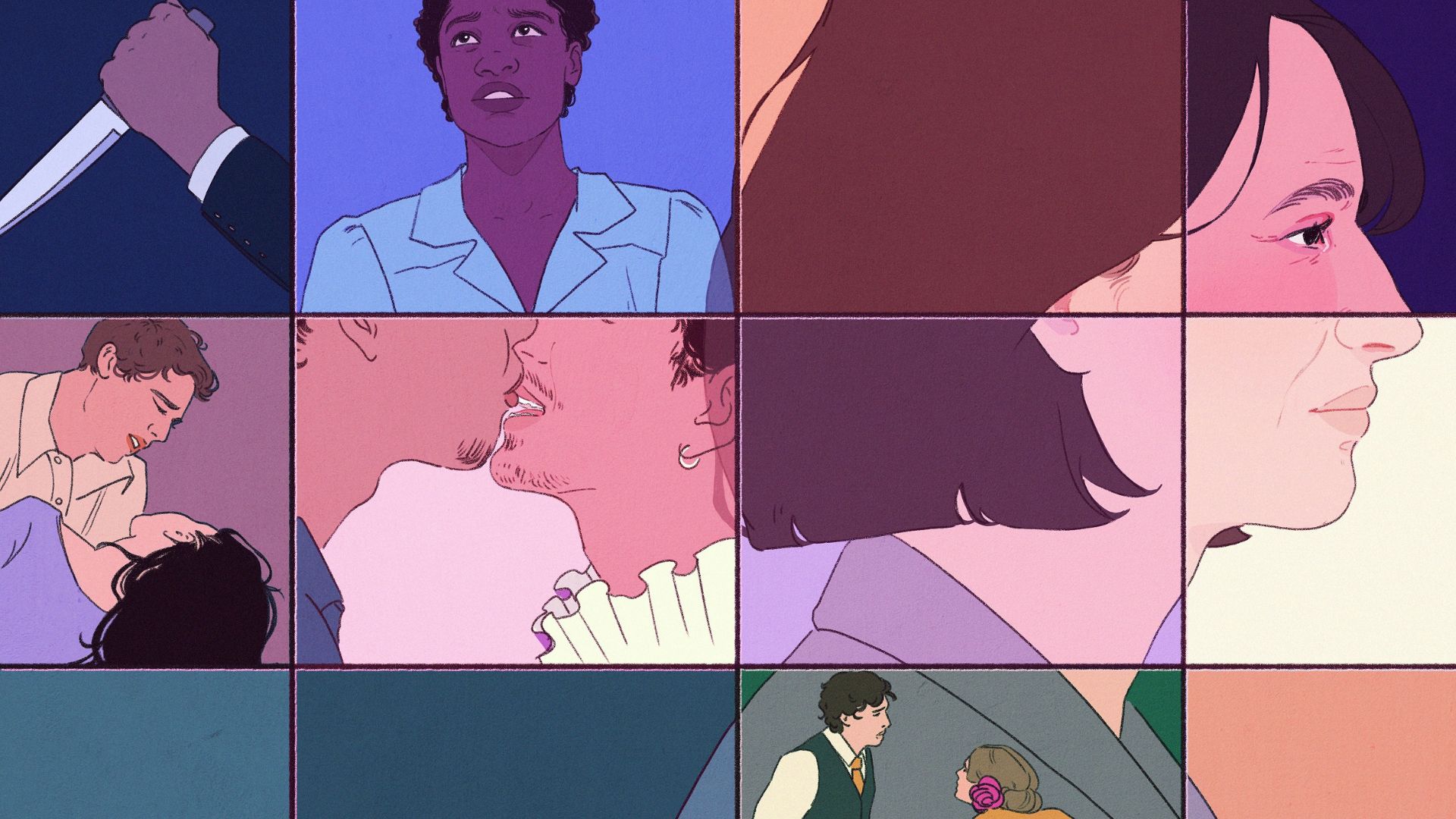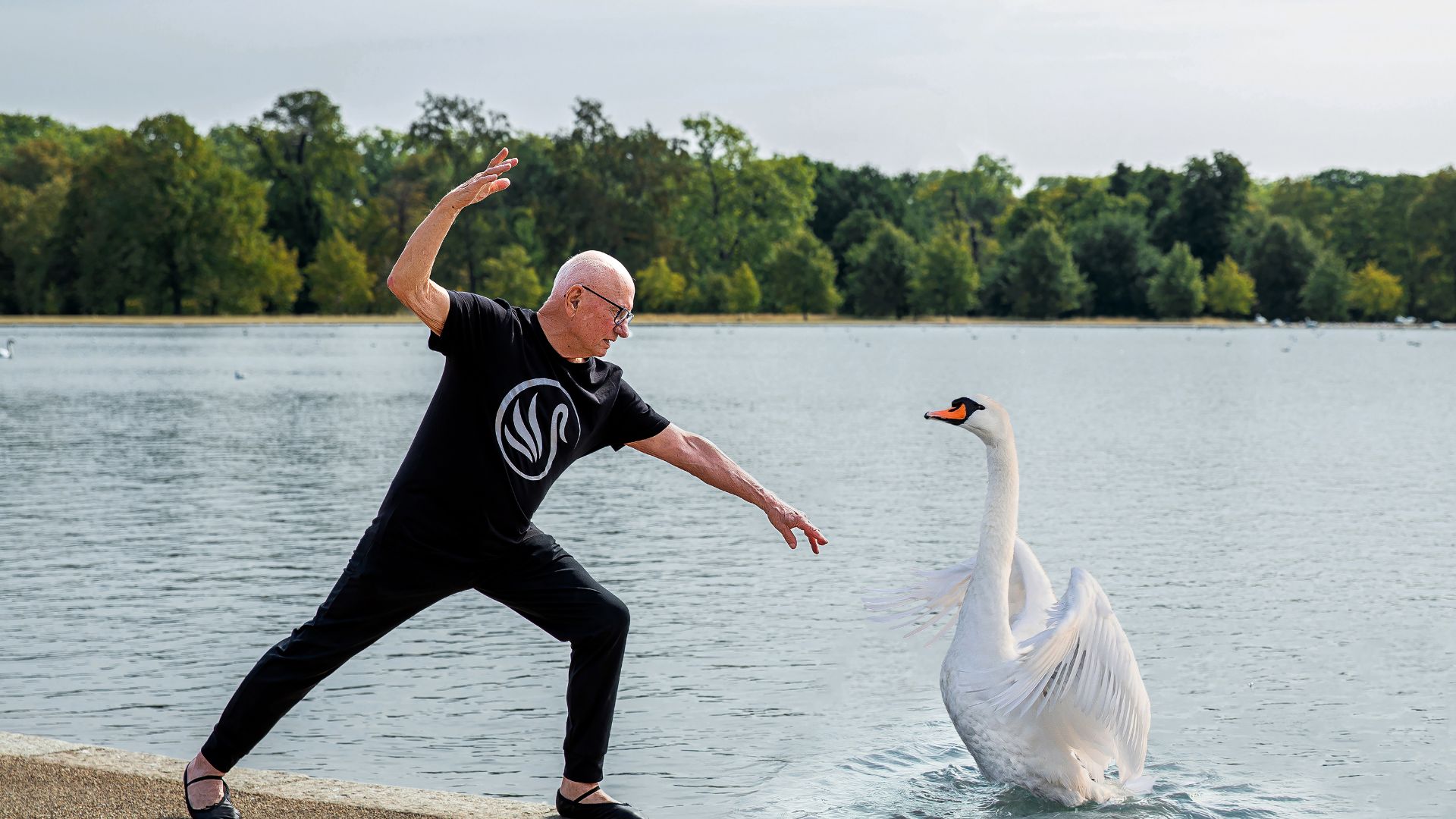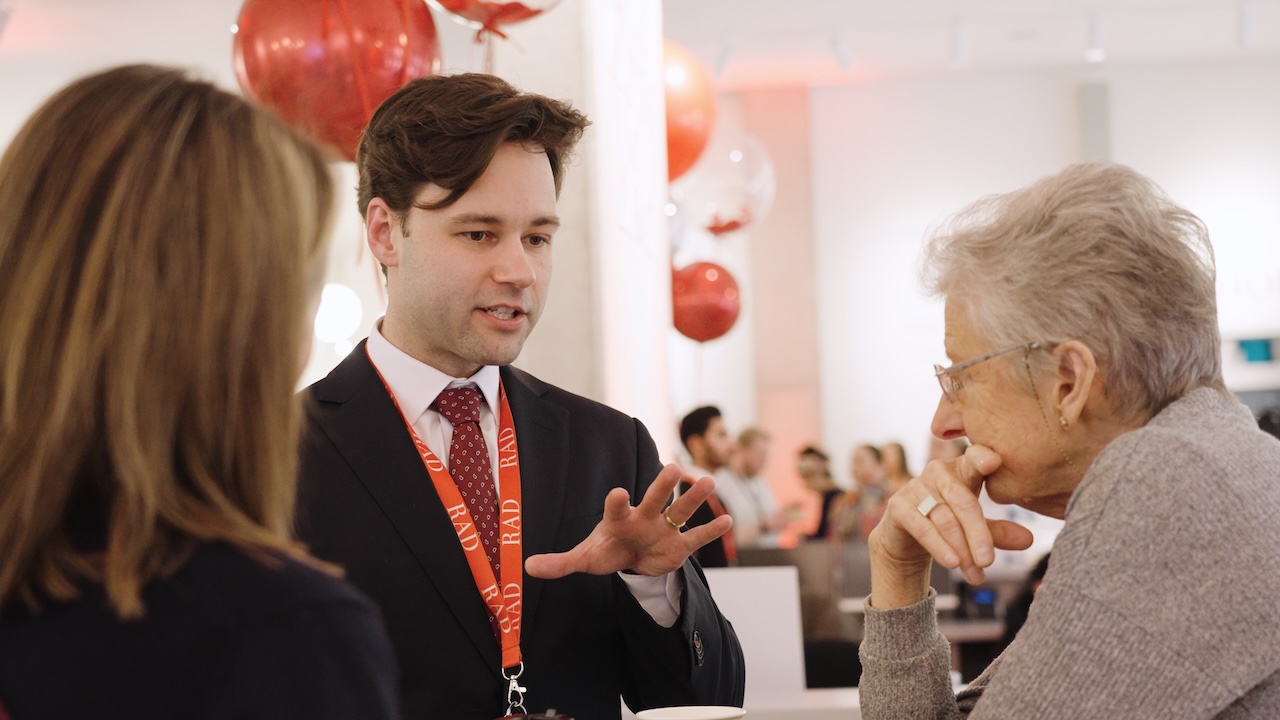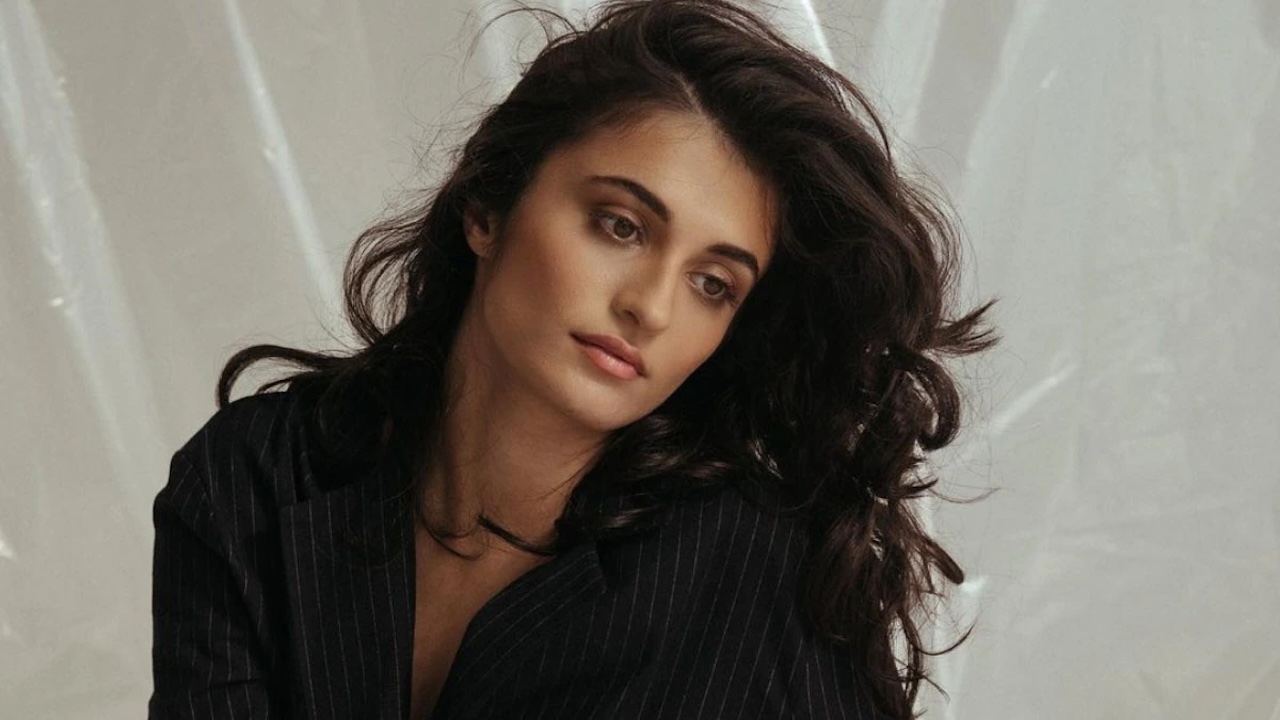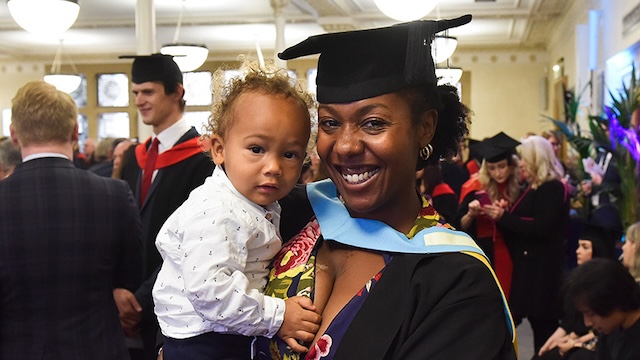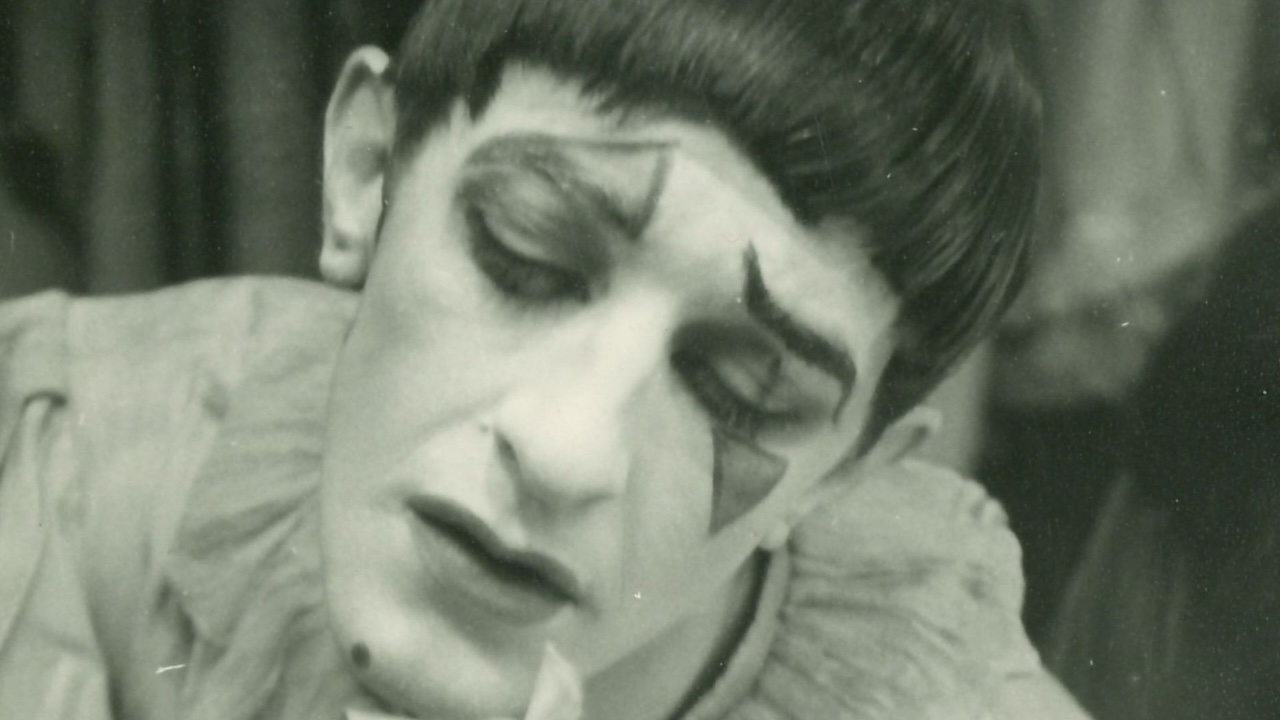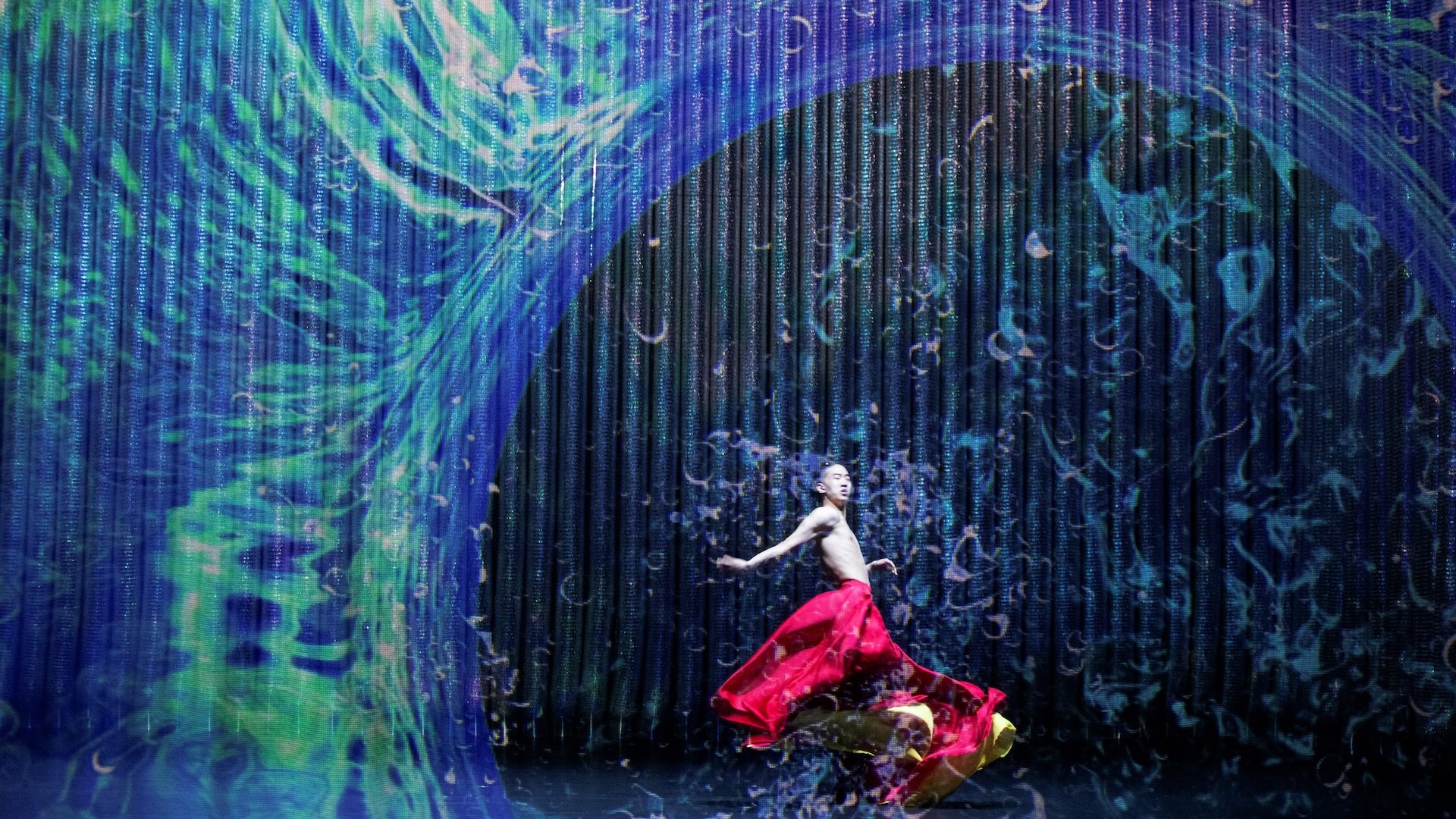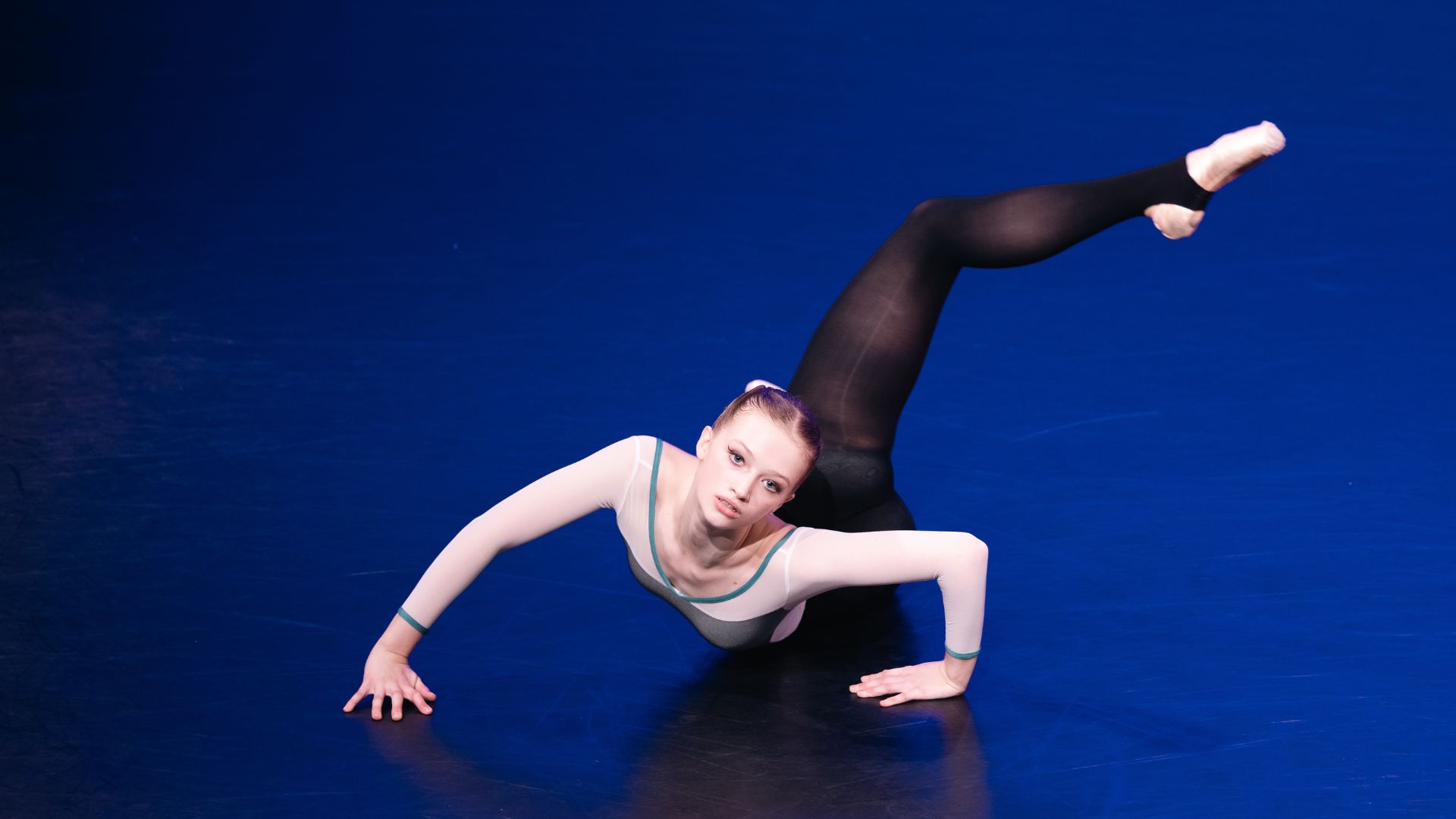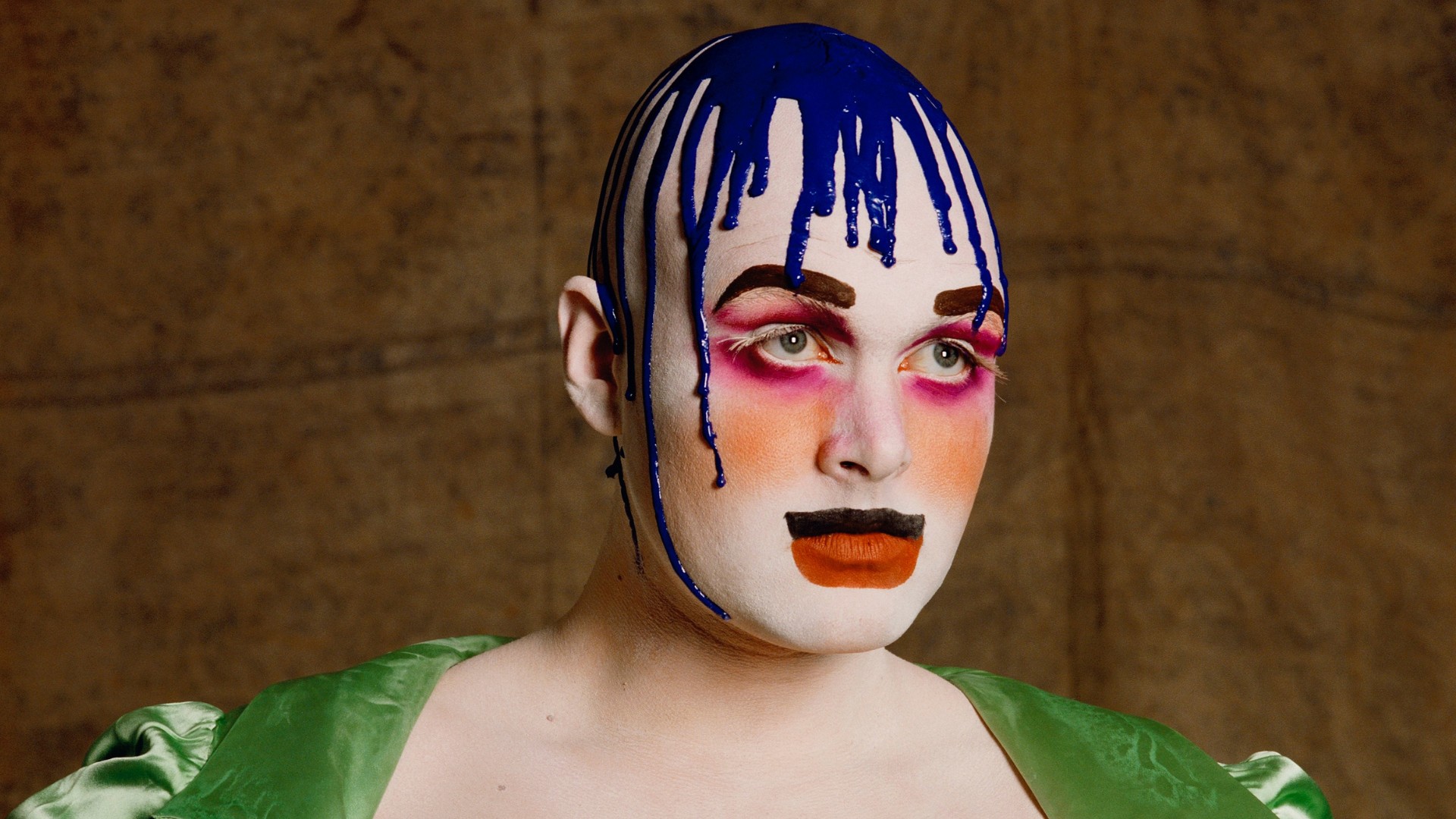1 Piano concerto no 2 (first movement) by Sergei Rachmaninov
When I was about 10 years old I spent my birthday money on a Philips LP of favourite piano concertos: single movements from about six or seven famous concertos by Chopin, Mozart, Tchaikovsky and Rachmaninov. At that time I was not aware of any of Rachmaninov’s music and I will never forget the spine-tingling impact of hearing the crescendo of these opening chords leading into the huge sweep of the orchestra. I couldn’t believe that such music could exist, and still remember my amazement at that first moment every time I hear this work. The beginning of a life-long love of this composer’s work.
2 The Man That Got Away by Judy Garland
In the 1970s I designed several ballets for the great choreographer Jochen Ulrich who founded the company Tanzforum at Cologne Opera House. Finally I was doing what I had always wanted: design for dance. There was very little money and certainly no budget for travel from the UK. I built all the models in Jochen’s study: long days alone in a grand art nouveau flat in Cologne, with access to a huge collection of LPs. The big discovery was the double album of Judy Garland’s 1961 concert at Carnegie Hall. Apart from The Wizard of Oz, I didn’t know much about Judy and am sure that I almost ruined the discs by repeatedly playing them – even now I can’t imagine most of these songs sung by anyone else. This is my absolute favourite.
3 Journey through the snow from The Nutcracker by Pyotr IlyichTchaikovsky
This four-minute piece links the end of the battle between the rats and soldiers to the snowflakes finale to act 1. The battle plays out in firelight under the branches of an oversized Christmas tree and as this music begins Clara and the prince are left alone. The setting for snowflakes slowly descends and cross flies with the tree: by the last arpeggio the stage has transformed from darkness to thousands of snow-covered branches. Without fail it always makes me cry.
I designed The Nutcracker for Sir Peter Wright and Birmingham Royal Ballet in 1990. An early work and a monumental project containing some of the most terrifying open set changes I have ever attempted. Perhaps it is the memory of the huge feeling of relief that we have nearly reached the interval without any major catastrophe – but in the end it is simply the most beautiful piece of music.
4 Storm from Peter Grimes by Benjamin Britten
The storm is the most memorable and spine tingling of the four Sea Interludes. In 1994 I designed Peter Grimes for La Monnaie in Brussels, directed by Willy Dekker and conducted by Antonio Pappano. It was a huge experience in every way and the set, though visually simple, was technically ridiculously complicated: lots of hydraulics, raked floors and moving walls. The four–minute storm interlude is also the biggest set change of the night. The front curtain is down, loud music drowning out backstage noise, and I remember being on tenterhooks, watching the red light on the conductor’s desk and waiting for it to turn green seconds before the last note and revealing the tavern scene.
5 The final duet from Rusalka by Antonín Dvořák
Rusalka has always been one of my favourite operas: it was wonderful to be offered the chance to design it for Lyric Opera Chicago. All the supernatural darkness of the forest with its water and wood nymphs, goblins and witches and then the terrible world of man as seen through Rusalka’s eyes. Rusalka is famous for the song to the moon but is packed with beautiful music, leading to the heart-rending and touching final moments. In Rusalka’s final duet with the prince, with her last kiss he dies in her arms and she walks into the night condemned to roam the earth as a phantom – a tiny white figure walking into the night sky.

